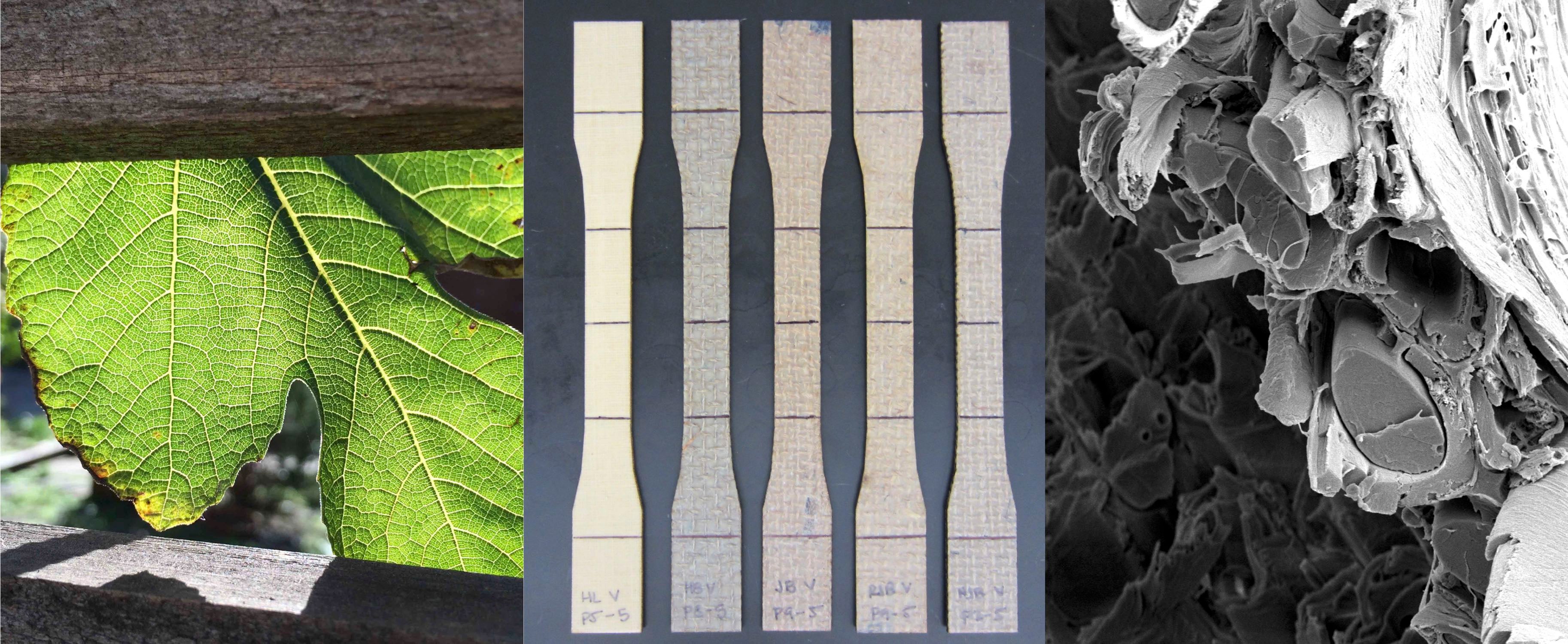Resource Utilization and Spatiotemporal Environmental Burdens

Increasing urbanization and consumption have resulted in growing demands for civil infrastructure materials, which creates significant environmental burdens. These demands lead to impacts at the local, regional, and global scale, varying from causing resource scarcity and human health burdens locally to climate change effects globally. In this area:
- Our group works to quantify global greenhouse gas (GHG) emissions and mitigation strategies for the production and use of concrete. Mitigation strategies have included those that could be implemented immediately as well as the potential mitigation of greenhouse gas emissions through the advancement and use of novel material alternatives.
- We are working to quantify global resource consumption from industrial materials production. This work includes a study of the water use in the production of concrete globally, the first assessment of this phenomenon to date. Research such as this shows that the relatively localized production of infrastructure materials like concrete can contribute to resource scarcity issues and informs us of where solutions are needed.
- We are exploring the effects of using bio-derived and waste-derived resources to offset demand for virgin materials and to co-benefit other industries.
- We are investigating trade-off points that could lead to unintended consequences of certain resource utilization.
If you would like to learn more, click here or read some of our publications in the area: Miller et al. 2018, Miller et al. 2018, Miller 2018, Monteiro et al. 2017, Miller et al. 2016, Miller et al. 2016
Performance and Sustainability Guided Materials Design

Often design for desired material properties or for reduced environmental impacts are considered for conventional infrastructure materials, but the confluence of these two areas is not well analyzed. Our group is working to develop tools and frameworks to consider such parameters concurrently. In this area:
- We are expanding upon how materials comparisons can be drawn by incorporating degradation mechanisms, time-dependent properties, and material longevity into environmental impact assessments.
- We are examining how concrete mixture proportioning can be strategically used to meet both material property demands as well as reduce environmental impacts through concurrent assessment for plain concrete and for reinforced concrete.
- Building upon this research, we are examining how concrete mixtures can be proportioned to meet the common design standards while minimizing associated greenhouse gas emissions from production for plain concrete and for reinforced concrete members and built systems.
If you would like to learn more, click here or read some of our publications in the area: Kourehpaz and Miller 2019, Fan and Miller 2018, Miller et al. 2016, Miller et al. 2016, Miller et al. 2015, Miller et al. 2015, Miller et al. 2015, Srubar et al. 2014
Advanced Composites

To meet future demands for performance and sustainability of materials, the advancement of materials is becoming more critical. We are working to utilize novel material resources, nano- and micro-structures, and concurrent design based on aging to advance the materials available to engineers. In this area:
- We are conducting experimental work that will expand our fundamental understanding of how environmentally induced deterioration and structural loading work concurrently to influence material longevity.
- We are exploring how bio-derived resources with similar processing requirements to conventional materials can be leveraged to obtain desired properties and reduced environmental impacts.
If you would like to learn more, click here or read some of our publications in the area: Kamau-Devers et al. 2019, Miller et al. 2019, Miller 2018, Miller et al. 2013, Miller et al. 2013
We would like to gratefully acknowledge support for this research from: The National Science Foundation, the California Department of Transportation in conjunction with the National Center for Sustainable Transportation, the Carpet America Recovery Effort, the California Rice Research Board, the University of California Office of the President, the Hellman Foundation, and the United States Environmental Protection Agency.